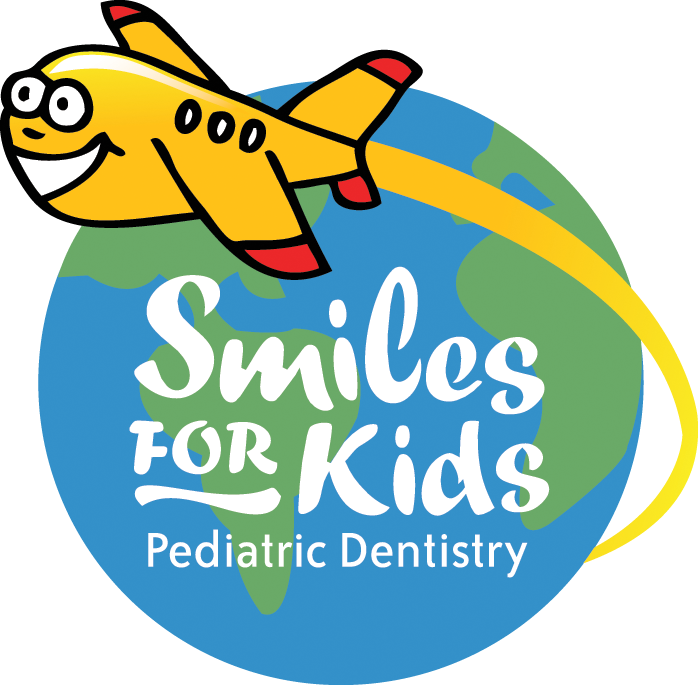X-Ray Frequency
/As dental professionals we are often faced with the question of dental x-ray frequency and necessity. With our health conscious, cancer aware, google researching, and protective of our children society, the x-rays have achieved a gold medal in the danger category.
At Smiles For Kids we respect the radiation emitted by the x-rays, but it is our role as dental professionals to educate families on why, how, and when we utilize this important diagnostic tool. The interval of taking dental x-rays depends on individual child’s risk for cavities or pathology. At each appointment we carefully analyze the risk factors. Cavities are formed by bacteria making acid and then colonizing and dissolving enamel surfaces of teeth. Some children have aggressive bacteria and some do not. We assess the evidence of bacterial presence by the amount of plaque, tartar buildup, white or brown lines on enamel surfaces visible during a visual exam, and cavities on the visible parts of the tooth. We carefully analyze risk factors such as parental and sibling decay history, nighttime feeding practices (such as going to bed with food or drink or nighttime nursing), amount and frequency of acid and sugar exposure (especially in the form of juice, sticky and acidic foods, or milk at bedtime), daily oral hygiene practices (how often and how well brushing and flossing are done), spacing between the teeth, age of the child, as well as previous history of decay. Depending on the risk factors we decide whether the child needs x-rays at every visit, or as rarely as every two years. One of the most common areas for children to have cavities is where the back teeth touch. The x-rays called bitewings show us these areas in between the teeth that cannot be seen during a visual exam. It is impossible to reach those areas unless flossing takes place daily. We often see children with no visual evidence of cavities, who surprise us on x-rays with significant cavities between the teeth. Children’s back baby molars are very important for holding space, providing guidance for permanent teeth, and for chewing. They last until about 12 years of age and if decayed, have to be restored to keep them from getting large cavities leading to infections and subsequent extractions. If the cavity is caught on the x-ray early, we can double our preventative methods or restore the tooth with a small filling. However, if we do not take an x-ray in early stages of cavity development, we can visually discover it only once it is large and needs “baby root canal” and crown or even an extraction. The radiation from our state of the art digital x-ray machines for bitewing x-rays is minimal and we always utilize lead aprons in order to limit exposure area. Sometimes an additional x-ray must be taken to assess health of a root or other pathology such as cysts, extra teeth, development of a permanent tooth, dental trauma, or other anomalies. This is done only after careful visual exam and assessment of risks.
One additional x-ray known as panoramic image, needs to be taken on children at prescribed frequency to assess development of permanent teeth, pathology of the jaw bone, as well as TMJ structure. This x-ray is first taken around eight years of age when first stage of permanent teeth eruption has taken place, and then repeated at twelve years of age when all permanent teeth are in, and around seventeen years of age to assess position and development of the wisdom teeth. With today’s digital technology we can share x-rays via email with all other dental professionals, such as orthodontists or oral surgeons, in order to minimize radiation. On panoramic x-ray we look for anomalies such as faulty positioning of permanent teeth, cysts or extra teeth that need to be removed, missing teeth that will dictate future orthodontic treatment, as well as other pathology. If these anomalies are discovered in time, we can address them when necessary. However, without this panoramic x-ray we are blind to them.
At Smiles For Kids we are very careful not to expose children to any unnecessary radiation. We are aware of the damage that radiation can cause, and we take the risks as well as benefits of this important diagnostic tool very seriously. Please let us know if you have any questions or concerns and we will be happy to sit down and explain each x-ray with have taken on our precious patients.
